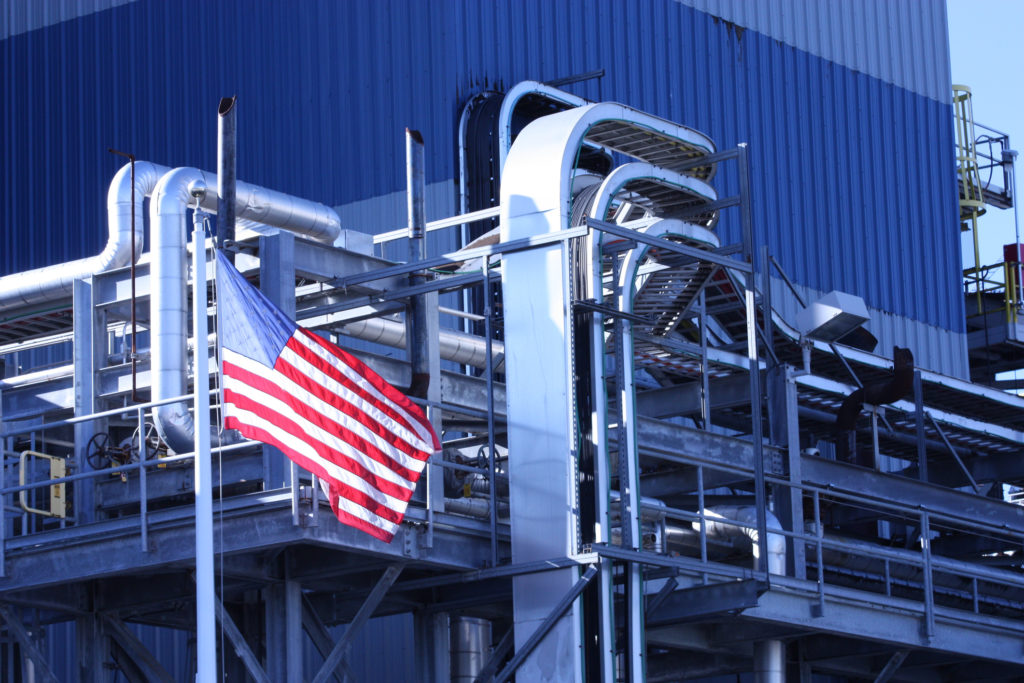
A purchasing managers survey from S&P Global reports the first retraction in the sector since June 2020.
People are getting antsy about an economic slowdown.
The Fed has jacked up interest rates. Groceries are still expensive. Mortgage rates remain through the roof. Gas ain’t cheap. Our pets heads are falling off!
And now we have another indicator: A report from S&P Global says manufacturing activity in the U.S. contracted last month for the first time since June 2020, which is right around the manufacturing sector began to recover from the shock of initial wave of pandemic-related shutdowns and bottlenecks.
This is hardly the only indicator. The goods trade deficit widened last month because exports are down and imports are up. Domestic steel production is losing steam and it’s a commodity that goes into automobiles and the construction sector; if steel isn’t selling it suggests we aren’t making as many cars or building as many buildings.
But a purchasing manager survey, which is what that S&P survey is, is notable in itself because making a product really does take a village. The manufacturing sector writ large takes in lots of inputs and in turns generates a significant economic multiplier effect; it employs 12 million people, all of whom spread their paychecks around on goods and services and utilities and mortgages. And so, this reasoning goes, if manufacturing is cooling off, then it’s another example that the wider economy is cooling too.
Not everyone is convinced, however. A rival monthly survey put out by the Institute for Supply Management hasn’t revealed a slowdown for the sector yet. And there’s a lot of capital investment for domestic manufacturing still taking place across the states, thanks in part to the industrial policy recently produced in Washington, DC.
For example, South Korean automaker Hyundai just started building an electric vehicle factory in Georgia so its cars can take advantage of the big tax credit the Inflation Reduction Act made available. The IRA’s tax credits are also part of the calculation a battery manufacturer is putting into another new plant in Michigan. And the recently passed CHIPS Act — and the subsidies it makes available — is why semiconductor manufacturers like Micron and Intel are planning to spend tens of billions of dollars in Idaho, Ohio and New York over the next decade.
This is manufacturing activity on a longer timeline, so it might not show up in the monthly purchasing manager indices. But this indicator is certainly some food for thought!
